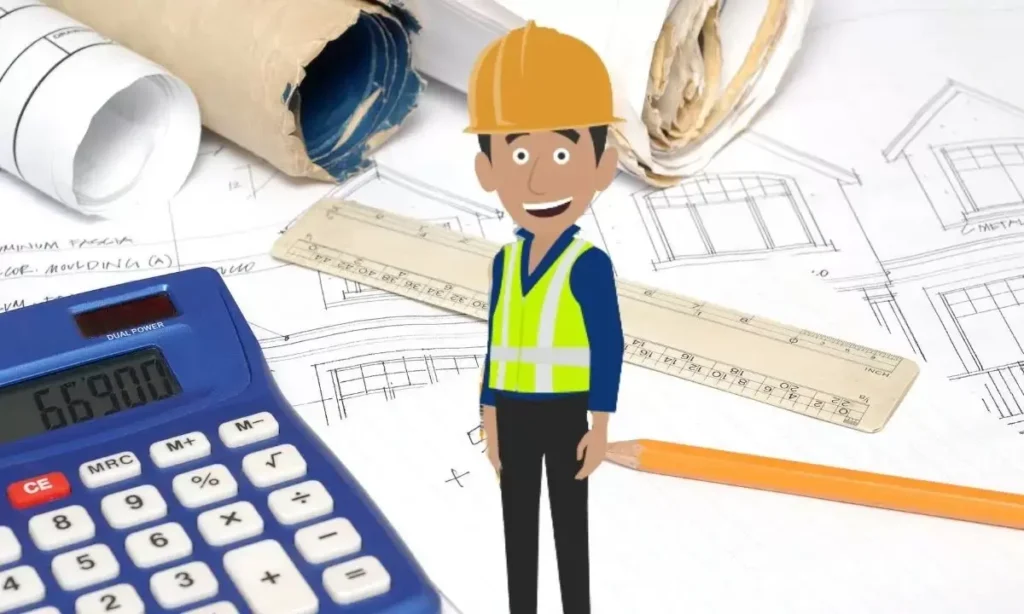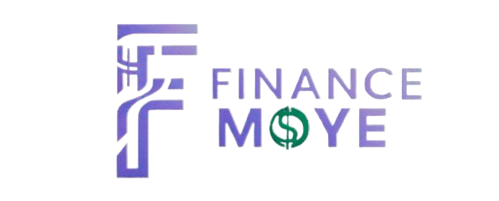Navigating Construction Costs In NYC : Understanding Factors
NYC’s construction sector is known for intensity and an imperative for accuracy. Within this dynamic environment cost consultants in NYC are essential guides. They help projects navigate expenses, maintain tight budgets and avoid unexpected financial obstacles.
This article aims to shed light on the intricacies of cost estimating and consulting. It will explain the significant benefits this service provides. It will also discuss why construction costs consulting is fundamental for any construction project in NYC.
How to Finance Construction Projects in NYC?
There are several options to fund construction in NYC. Loans are very common with banks providing various types from small business loans to commercial loans. Construction loans specifically finance projects and are repaid once complete.
Applying takes time so begin early by preparing financial statements and plans for the project. It is best to talk to several lenders to compare terms and requirements. Another route is equity financing which involves investment from owners or outside partners. Private investors may provide capital in exchange for partial ownership.
For larger developments multiple funding sources can be combined including equity loans and grants or tax incentives from city programs. Proper financial planning is key to understanding costs and creating a strong case to attract the right backers.
Options for Construction in NYC

- Payday Loans options include commercial bank loans which tend to have favorable terms for established contractors. For smaller projects look to small business loans which have lower qualifying standards.
- Construction loans specifically finance projects during construction and transition to traditional loans afterwards. Be prepared to provide financial statements, business plans and collateral.
- Equity financing involves raising capital from owners or outside investors in exchange for partial ownership of the project or company. This dilutes ownership but does not need to be repaid.
- Consider crowdfunding which pools many small investments online to fund projects. Research multiple online platforms to find the best fit and tell your business story to attract investors.
How to Apply for Construction Loans in New York?
To apply for a construction loan first gather documents like financial statements, tax returns, projected project budgets and timelines. Lenders will assess your experience, other debts collateral and credit history.
It’s best to approach community banks as they often know the local real estate market. Explain your complete project details to the loan officer emphasizing your team’s qualifications and the project’s feasibility. Be prepared to demonstrate how funds will be spent with assurances you will repay on time.
Many banks also require collateral like the property itself to secure the loan in case of default. Personally guaranteeing the loan with your own assets shows commitment to lenders.
Provide all requested documents completely and clearly illustrate how the loan will be repaid upon project completion through pre sales or rent rolls. Following up periodically keeps your application top of mind with the bank. With thorough preparation construction financing is within reach.
Understanding Factors that Impact Construction Budgets in NYC
Many elements influence construction costs in NYC. Property values are among the highest nationwide making land expensive to purchase. Extensive regulations also drive up expenses to meet zoning permitting and safety standards.
Labor is another major budget factor. NYC construction workers are amongst the highest paid in the country. Union work requirements and soaring materials costs compound labor expenses. Additional unforeseen charges may arise from infrastructure upgrades, facility upgrades or ground stabilizing if working in old city structures.
Careful research is vital to foresee potential budget impacts. Seeking quotes from multiple vendors helps gauge market material rates prone to fluctuation. Considering location specifics aids calibrating accurate wage assumptions.
Consulting historical projects’ financial data from the planning board provides visibility into usual additional charges to factor. With diligent due diligence fewer uncertainties will jeopardize well estimated budgets.
Financial Factors and Budgets

When drawing up a construction budget it’s important to account for various financial factors that can influence overall costs. Interest rates affect loan expenses while projected wage growth impacts long term labor costs.
Materials pricing is unstable so leave contingencies. Insurance requirements also determine budget allocations early on. Thorough consideration of these important financial elements leads to more realistic cost planning.
Managing Construction Costs through Effective Strategies
- Thorough pre-planning prevents expensive surprises later. This includes precise estimating detailed blueprints, well researched supplier quotes and carefully scheduled timelines. Unforeseen challenges are minimized. Meeting with involved teams and suppliers early on builds understanding of objectives and irons out potential issues in advance.
- Clear and regular communication maintains transparency. The project manager provides clients weekly highlight reports and flags any cost variances immediately for discussion. Financial status is visible to all heading off disputes. Project meetings disseminate updates across trade partners.
- Stringent review of time sheets and deliverables prevents waste and delay claims. Electronic payment requests streamline approvals. Purchase orders are matched to invoices to protect against overcharges. Inventory is managed to optimize material usage and return unused goods for credit.
- Alternatives are explored continuously to trim unnecessary spending. Value engineering evaluates less costly design solutions. Competitive bidding keeps contractor and supplier quotes competitive. Shared resources between concurrent jobs are utilized. Unexpected savings are reinvested strategically.
- Ongoing oversight spots potential budget busters promptly. The manager makes regular site visits to check construction quality and pace. Production issues can be addressed before driving expenses upwards. Financial control is maintained through rigorous change management of any scope adjustments.
Ways to Infrastructure Development Projects in NYC
NYC is in need of upgrading its aging infrastructure in various areas like transportation and utilities. One way to complete these development projects more efficiently is through using prefabricated and modular construction techniques.
This involves building sections of a structure offsite in a controlled factory environment like a precast concrete plant. These premade elements such as beams, wall panels or entire bathroom/kitchen pods are then transported and assembled together onsite much like pieces in a construction toy set.
This modular approach helps reduce the time spent onsite for tasks like welding, plumbing, and wiring which speeds up the overall timeline of infrastructure projects. Public private partnerships can also help online fund infrastructure improvements around NYC.
In return, they are permitted to collect usage fees from the public utilizing the new development. This outside investment from partnership deals helps the city launch more upgrades simultaneously without overburdening taxpayers.
Negotiating Construction Costs through Value Engineering

- When a construction project goes over budget, value engineering can find cost savings. This involves reviewing designs and materials with the goal of decreasing expenses without compromising quality.
- Value engineers work closely with contractors, designers, and owners. Together they brainstorm less pricey solutions without changing core scope. Simple item substitutions or downsizing rarely used spaces may trim thousands. Construction sequencing is optimized to buy bulk materials at a discount.
- Leverage vendor relationships for bulk order discounts by bundling similar purchases.
- Explore accelerated or alternate construction methods to reduce overhead costs from a shortened schedule.
- Renegotiate contract terms with suppliers if design alterations result in lower material quantities.
- Seek used or refurbished equipment in lieu of new if savings outweigh additional maintenance costs over lifespan.
- Reassess need for high cost features if usage projections prove overly optimistic.
FAQ’s
How can I get an Accurate Budget Estimate?
Carefully research similar past projects.
How do I Control Labor Expenses?
Closely track time sheets and monitor productivity.
What Issues Often Drive Costs Higher?
Design changes, delays, and unexpected site conditions.
How can Partnerships Help Financing?
Outsource risks to investors in exchange for later fees.
Conclusion
Navigating construction costs is crucial when building in an expensive city like New York. With careful planning, strong communication, and cost saving strategies, contractors can help ensure projects stay on budget. While unforeseen challenges may arise, taking steps to accurately estimate expenses, monitor spending, and consider partnership funding can help better manage financial risks. With the right management approach, it is possible to complete developments in NYC efficiently and as planned.






